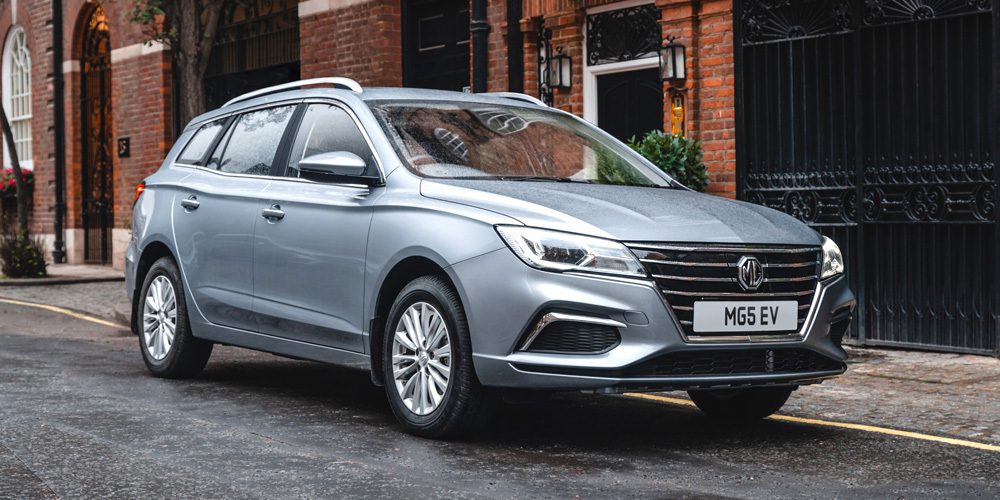The UK Number Plates System – How Does it Work? If you’re new to driving in the UK, you might be confused about number plates and wonder what these letters and numbers stand for. As complicated as it could initially seem, once explained, you’ll quickly get your head around it.
We’ve made a guide to break down the UK number plates system and answered drivers’ most frequently asked questions on this topic.
Contents
- What do the UK number plates characters stand for?
- Are there special number plates in the UK?
- Where can I get a UK number plate made?
- When do UK number plates change?
- What should I do with my old number plate?
- Can I keep my old number plate if I change my car?
- Can I have a car number plate with an older age identifier?
- Can I have a car number plate with a newer age identifier?
- What rules must UK number plates follow?
What do the UK number plates characters stand for?
The current UK number plates system was introduced in 2001. Current British number plates consist of two letters and two numbers, followed by a space and another three letters.

DVLA Memory Tag
The first two letters of the number plates help you identify the location where the car was first registered.
These used to point to the DVLA office where the car was first registered, until 2013 when DVLA closed all its regional offices and now handles registrations directly with car dealerships via an online system. Currently, it points to the dealership’s region where the car was registered.
Each UK region has its own codes. For example, if you buy a car from a London dealership, you will get a number plate starting with the letter L followed by the other alphabet letters from A to Z, except for I, Q and Z, which are never used for the number plates location identifier. Therefore, London registered number plates will be LA, LB, LC and so on.
Here are all the memory tag codes used in the UK.
Age identifier
The two numbers on the plates help you identify when the car was first registered. This is the part that confuses most drivers. It’s important to know that the age identifier numbers change twice every year, in March and September.
The cars registered between March and August each year are easy to remember — they follow the year of registration. Therefore, a car registered between March and August 2023 will have the number 23 on its plate, while a car registered between March and August 2007 has the number 07.
Things get a bit more complicated for cars registered between September and February. The numeric code equals the year (as of September) plus 50. A car registered between September 2023 and February 2024 will have the 73 number on its plate (23 + 50), while a car registered between September 2007 and February 2008 has the number 57 (07 + 50).
Here are all the age identifiers since this system was introduced in 2001.
*Last year identifier from previous system
This system is planned to run until February 2051 unless it’s changed in the meantime.
Random letters
The number plates registration system randomly generates the last three letters.
IMPORTANT: DVLA doesn’t allow offensive or inappropriate number plates combinations.
Also, they don’t allow using the letters I and Q because they can be confused with 1 and the number 0 or the letter O.
Are there special number plates in the UK?
Yes. Besides the classic number plates structure we just explained, there also are a few number plates with particularities:
- Number plates with a green strip – the green flash on the left of the plate stands for zero-emission vehicle. As of 2020, you can opt for this green flash on your plate for your electric car. The green plates make the car easier to identify as an EV by the authorities since it’s eligible for priority parking, use of specific lanes, charges exemptions etc.
- Number plates with a blue strip – before Brexit, you could have a blue flash on the left of the number plate, with the EU logo and the ‘GB’ letters below. As the UK is no longer part of the EU, these plates aren’t available for newly registered cars, but they’re perfectly legal if already fitted to a car.
- Private number plates – also known as personalised, cherished or vanity plates are plates bought based on the specific characters they contain. They can be bought directly from the DVLA or, if already in use, purchased from auctions, traders or private individuals.
- Old number plates – for cars registered before 2001, you will find number plates starting with the character A or M, which are the age identifiers used for number plates between 1983 and 2001.
UK number plates FAQs
Where can I get a UK number plate made?
You can only get a number plate made by registered supplies. There are plenty of number plate vendors you can find online, but before you buy, make sure they’re officially registered. You can check that using the registered plates suppliers list on the UK government’s official website.
What do UK number plates change?
A new number plate with a different age identifier comes out every six months, on the 1st of March and September every year.
What should I do with my old UK number plates system?
If you don’t want to keep your old number plates after buying a new car, you can either give up your rights to it by contacting the DVLA or sell them through auction houses.
Can I keep my old number plate if I change my car?
Yes. If you buy a new car, you can retain your old number plate. You need to apply to the DVLA, provide the required documents and pay an £80 fee. If your request passes, you can continue using your old UK number plates system.
Can I have a car number plate with an older age identifier?
Yes. This is common when people try to make words out of their number plate or conceal their car age. For example, there’s no problem for a 2023 car to have a 05 age identifier on its plate.
Can I have a car number plate with a newer age identifier?
No. For obvious reasons, it’s impossible to have a car with an age identifier that makes it pass as a newer car.
What rules should UK number plates system follow?
There are some strict guidelines in terms of the character’s dimensions, spacing and margins. Using the Charles Wright font is mandatory for any UK number plates system.
IMPORTANT: It’s illegal to use another font, space the letters in any other way, alter the digits or strategically use mounting screws to make the plates look like they read something different.
You risk a £1,000 fine if you buy and use a number plate that doesn’t follow these guidelines, and the DVLA can revoke your personalised plate.
About Splend
We enable people to make money by driving. Our vision is a future where every on-demand driver can be successful.
We are car subscription specialists. Don’t take our word for it—drivers rate us excellent on Trustpilot. We can set you up with a brand-new or new-model car on our Flexi own plan, plus we provide the training and support you need to become an Uber driver that’s more profitable, safer, and fulfilled.
Drop by our London Hub at 393 Edgware Road Cricklewood, London, email us, or say hello on 0333 016 4331


![How to Become a Uber Driver [Complete Guide] | Splend](https://www.splend.co.uk/wp-content/uploads/2020/02/how-to-become-an-uber-driver-in-london-2.jpg)

